Denmark
Denmark is a unitary state composed of municipalities (kommuner) and regions (regioner).
CEMR in Denmark – KL – Local Government Denmark (www.kl.dk) and Danish regions (www.regioner.dk)










Local governments
The municipal council (kommunalbestyrelsen/byrådet) is composed of members elected by direct universal suffrage for four years using a system of proportional representation. It is responsible for the municipal budget, the functioning of local institutions and the adoption of local policies.
The executive committees (kommunale udvalg) are in charge of local administration. The municipal council appoints the members of the executive committees for a period of four years. Standing committees assist the municipal council in preparing its decisions. One of the council's duties includes setting up a financial committee but it also has the discretion to set up special committees pertaining to education, employment, or health and social affairs.
The municipal council also elects the mayor (borgmesteren) for four years. He/she heads the municipality's administration as well as the municipal council.
A new municipal structure was introduced in January 2007. The new structure reduced the number of municipalities and increased their overall size. Under this model, to be considered a municipality, it is required to have a minimum of 20,000 inhabitants. However, municipalities with a population of less than 20,000 are able to meet this condition and be accepted as long as they establish a legally binding cooperation with a larger municipality.
-
- Primary education, including special education for adults
- Childcare
- Care for the elderly
- Social services: full regulatory, supply and financing responsibility
- Social psychiatry
- Health care preventive treatment, care and rehabilitation, home care and treatment of alcohol and drug abuse
- Integration of refugees and immigrants
- Environmental protection and waste and water management and preparation of local plans
- Unemployment services
- Assistance to the unemployed
- Economic development
- Culture and sports
- Local business service and local tourism
- Local roads
- Business development









Regional governments
The regional council (regionsrådet) is the region's deliberative body and is made up of members elected by direct universal suffrage for a period of four years via a system of proportional representation. It can set up special committees, such as hospital committees, regional development committees and sustainability committees, as well as secretariats to assist them. The regional council also appoints its own chair.
The executive committees (udvalg) are composed of members elected for a four-year term by and from among the regional council members. They oversee the administration of the region and assist the regional council in preparing and implementing its decisions.
The chair of the regional council (regionsrådsformanden) heads the council and the region's administration. He/she is elected from among the regional council's members and is assisted by deputies also elected by the council.
Danish regions and the Island of Bornholm have also spearheaded a regional growth forum, comprising representatives from the regions, municipalities, local trade and industry, knowledge institutions and the labour market. Their mission is to foster optimal conditions for trade and industry in view of generating growth and development.
In January 2007, a new regional structure was adopted, under which the then-existing fourteen counties were replaced with the five regions in place today. Together, the Danish regions now have between 0.6 and 1.6 million inhabitants.
The regions cannot levy taxes directly but are financed through contributions from the state and the municipalities. The regions’ economies are divided into three separate parts: health and social services, special education and regional development.
-
- Health care
- Hospital provision
- Health insurance
- Mental health treatment
- Social services and special education
- Regional development
- Tourism
- Nature and environment
- Employment
- Culture
- Transport
- Soil pollution
Other Governments
Greenland and the Faroe Islands have autonomous status. They both have their own government and legislative assembly. The Faroese Municipal Organisation (Kommunufelagið) (www.kf.fo) enjoys observer status with CEMR.
